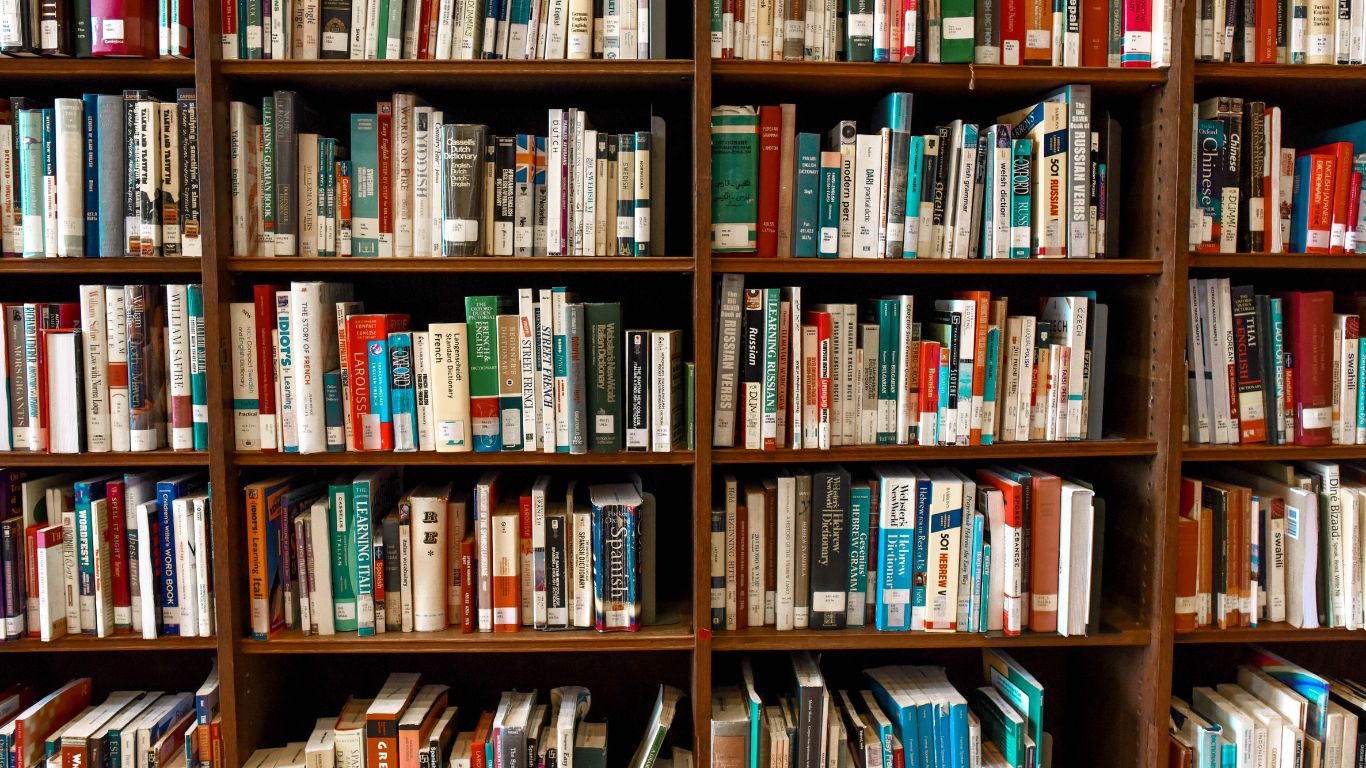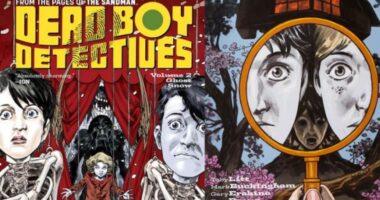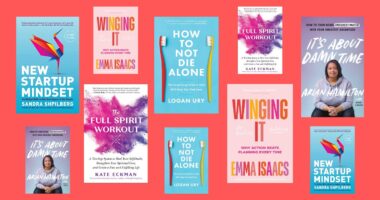Non-fiction might exist as just one shelf in a library or bookstore but it encompasses a universe of its own. We are accustomed to thinking of non-fiction as a genre but it actually comprises many, many other subgenres within it. Broadly speaking, non-fiction refers to anything that is not fictional – anything that has its roots in fact rather than the author’s fantasy. Here is a list of genres that qualify as non-fiction based on the above requirement.
What Are The Different Types of Non-Fiction Books and Why You Should Read Them:
Biography, Autobiography or Memoir
This is one genre of non-fiction that is presented as fiction, that is, in the narrative style of writing. Biographies are essentially life stories of prominent or exceptional individuals told by others. On the other hand, autobiographies and memoirs are life stories of such people written by themselves, or with the help of another author. For instance, Tagore’s memoirs include “Aatmaparichay” while “Rabindranath Tagore: A Biography” by Uma Dasgupta is a biography. These are books that provide insights into extraordinary lives and give tremendous inspiration, so it’s important to read them.
Self-Help and Self-Improvement
Self-help books are exactly what they suggest – books that are intended to help the self. They instruct readers on how to solve their problems. These problems could include attention, creativity, productivity, peace, joy and more. For example, Robert Kiyosaki’s “Rich Dad, Poor Dad” provides financial instruction while “How to Win Friends and Influence People” provides help in social interaction and productivity. These books provide practical learning. It is quite obvious why one needs to incorporate this genre into our reading lists – for purposes of self-improvement.

Travel Writing
As the name suggests, travel writing refers to a record of experiences in a place other than one’s home, something like travel diaries. However, this is not limited to personal experiences. It can include the history of a place, an account of its exploration, a study of the geography of a terrain, epic quests, etc. For instance, “The Travels of Marco Polo” by Marco Polo or “Notes from an Island” by Bill Bryson are travel books. Travel books allow us to scourge the world without as much as moving a hair, plus they make one more open and receptive to the world. Thus it is important to read them.
Arts and Sciences
These are informative books about multifarious disciplines in the arts and sciences. Sciences could either be hard like mathematics, zoology, anatomy, chemistry and the like or soft (social) like economics, psychology, history, sociology or more. The arts could encompass music, dance, sculpture, painting, literature or more. For example, Bill Bryson’s “The Body” or Yuval Noah Harari’s “Sapiens” falls into this category. These books are tremendously informative, and offer novel understandings and perspectives to the world around us, and thus are important for our TBRs.
Monographs
A monograph refers to an in-depth or very detailed study of a specific, specialized subject within a discipline. These books are usually important in research but are also valuable stores of information. For example, “Social Media in Industrial China” by Xinyuan Wang would be a monograph because it is informative and research-oriented non-fiction. However, it is more specific and micro-oriented than arts and sciences non-fiction. Monographs are best primarily for research purposes but also provide an in-detail understanding of a subject.

Religion and Spirituality
These books are those that explore themes of religion and how it affects man. Such books could either provide histories of religions, interpretations of spiritual texts or discourses on religion and spirituality. They could also tie in very well with philosophical books. For instance, Sadhguru’s “Eternal Echoes” or Paulo Coelho’s “The Pilgrimage” are such books. They provide a lot of insight into the social as well as personal aspects of religion. These books are important to understand the meaning and implications of religion.
Essay Collections
Basically, essay collections are a compendium of either connected or disjointed short pieces of writing about a particular subject. They explore perhaps different dimensions of the same subject, such as languages in Salman Rushdie’s “The Languages of Truth”. Or they could have different types of essays on subjects like politics, religion, society etc. as in Amartya Sen’s “The Argumentative Indian”. Usually, they come in some form of a common theme. These books are not only entertaining and informative but also crisply formatted and thus ideal for reading.
Business writing
This genre is simple and straightforward – it includes writings about business and entrepreneurship. It could include books on startups, management, leadership, finance, turnover, creativity, production or more. For instance, “The 100 $ Startup” by Chris Guillebeau is one such book. Business writing can also include business memoirs, the likes of “Shoe Dog” by Phil Knight, the founder of Nike. These books are inspiring and informative, plus they provide opportunities for business growth and help in self-improvement.

Parenting books
In general, parenting books encompass books about learning to be a mother and father. They provide information about babies, their requirements and one’s responsibilities as a parent. Some of these also help to prepare for childbirth. Sometimes, these books talk about the development of a baby and its specific needs and desires. For instance, “Positive Discipline” by Jane Nelson is an example of a parenting book with roots in science. Parenting books can provide new parents with easy access to a world they have never tread before.
Also Read: How to Stop Negative Thoughts Using 5 Simple Steps



